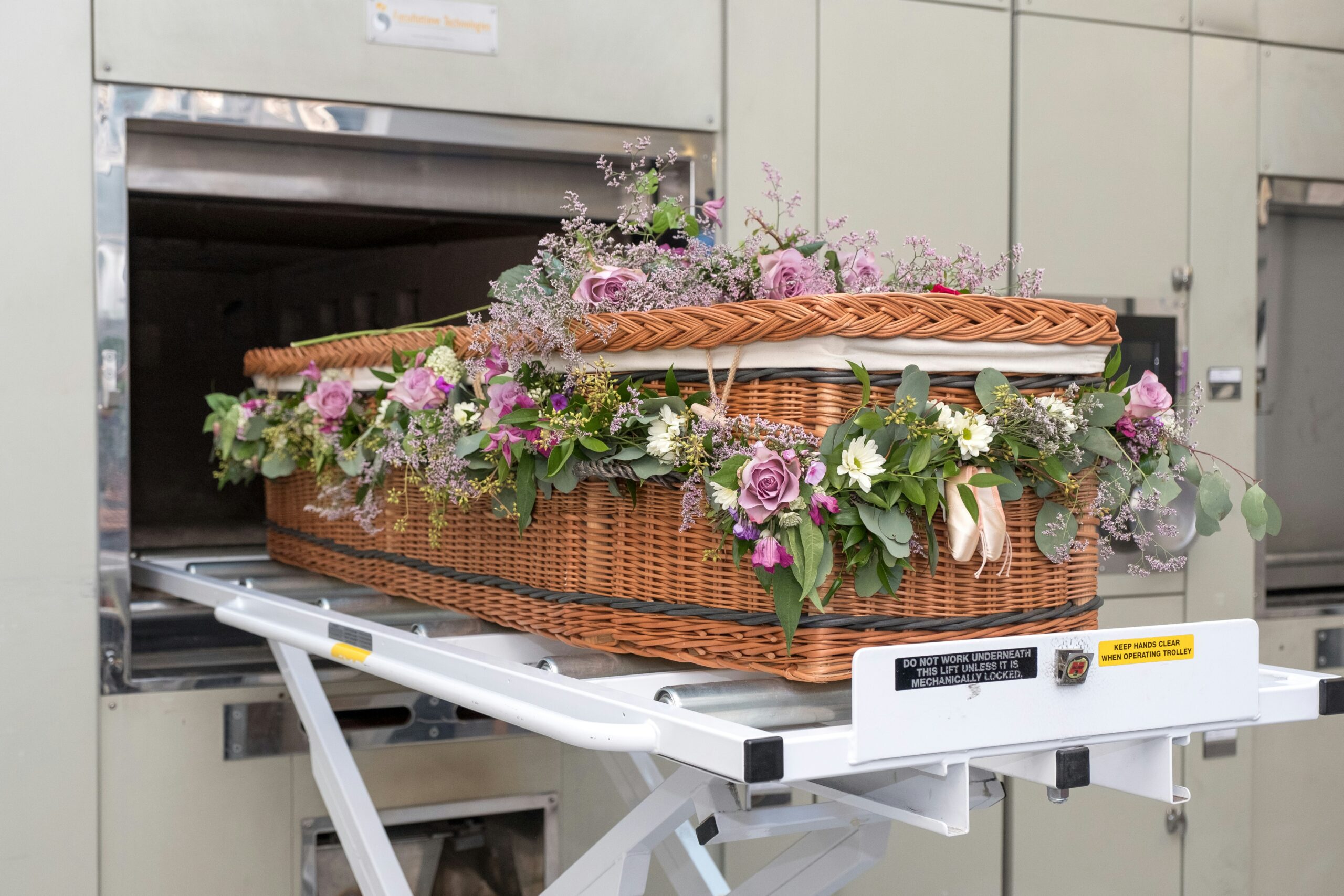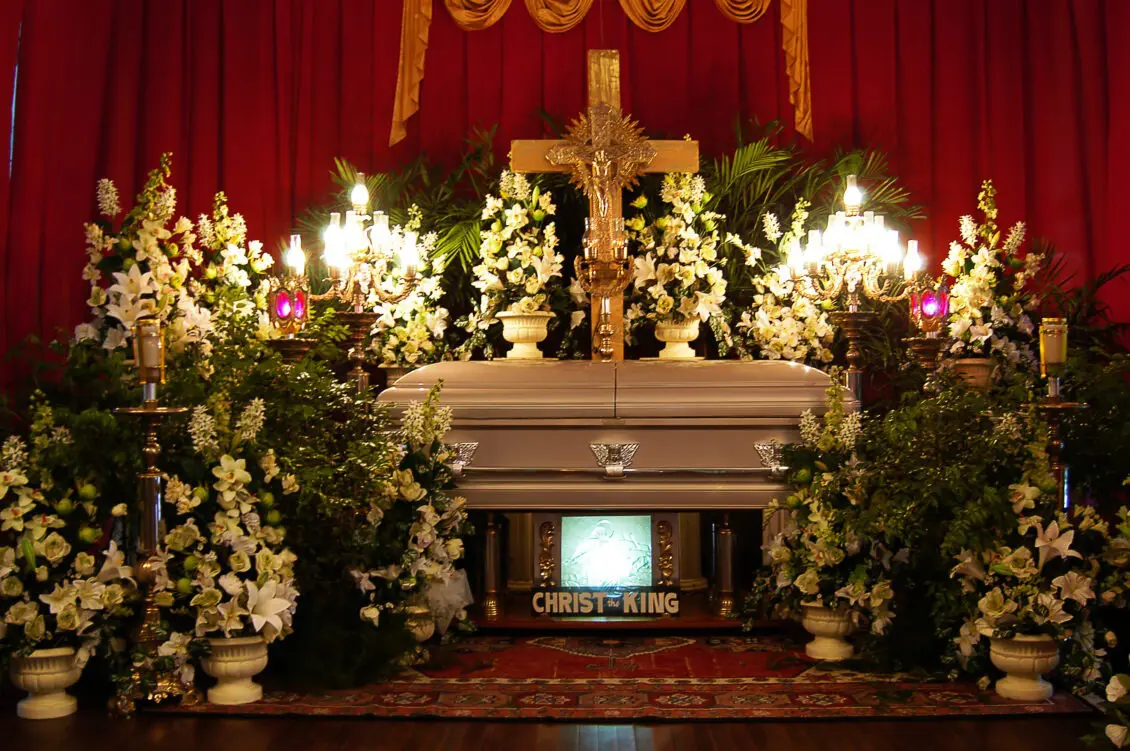Introduction
When it comes to planning final arrangements, one of the most significant decisions is choosing between cremation and burial. Each option has its own set of benefits, costs, and cultural considerations. This guide will help you weigh the pros and cons of both cremation and burial, allowing you to make an informed decision that aligns with your values and preferences.
Understanding Cremation
Cremation is a process where the body is exposed to high heat, reducing it to ashes. The ashes, also known as cremains, are typically placed in an urn and can be kept by the family, scattered in a meaningful location, or interred in a cemetery.
Advantages of Cremation
-
- Flexibility in Memorialization: Cremation allows for various memorial options, such as scattering ashes in a significant place or creating keepsake jewelry.
-
- Lower Costs: Cremation generally costs less than traditional burial, as it eliminates the need for a casket, vault, and burial plot.
-
- Environmental Considerations: Modern cremation methods have a smaller environmental footprint than traditional burial, especially when opting for eco-friendly cremation practices.
-
- Tip: Consider eco-friendly urns or biodegradable options if you’re environmentally conscious.

Understanding Burial
Burial involves placing the body in a casket and interring it in the ground. This traditional method has been practiced for centuries and remains a common choice for many.
Advantages of Burial
-
- Permanent Resting Place: Burial provides a specific location for loved ones to visit and pay their respects.
-
- Cultural and Religious Significance: For many, burial is deeply rooted in cultural or religious practices, offering comfort and tradition.
-
- Tangible Memorials: Headstones or grave markers serve as permanent memorials, providing a place for remembrance and reflection.
Green Burial Option
Green burial is an eco-friendly alternative that minimizes environmental impact. This option typically avoids embalming chemicals, metal caskets, and concrete vaults, instead opting for biodegradable materials and natural settings.
For more details on green burial practices, check out our page on Natural Grave.
Environmental Impact: Cremation vs. Burial
Both cremation and burial have environmental impacts, but they differ in several ways.
Cremation
While cremation uses significant energy due to the high temperatures required, it generally has a lower overall environmental impact compared to traditional burial. However, emissions from cremation can include carbon dioxide and other pollutants.
Burial
Traditional burial often involves embalming fluids, which contain chemicals that can leach into the soil. The use of non-biodegradable materials like metal caskets and concrete vaults also contributes to environmental concerns. However, natural burial options can mitigate these effects by using biodegradable materials and avoiding embalming.
-
- Note: If environmental impact is a priority, consider water cremation or natural burial as alternatives.
Cost Comparison
Cost is a significant factor when choosing between cremation and burial.
Cremation Costs
Cremation is often more affordable than burial. The cost can vary based on services such as the type of urn, memorial service, and whether the ashes will be interred or scattered.
Burial Costs
Burial tends to be more expensive due to the costs of a casket, burial plot, vault, and headstone. Additionally, perpetual care fees for cemetery maintenance can add to the overall cost.
Religious and Cultural Considerations
Religious beliefs and cultural practices often play a crucial role in the decision between cremation and burial.
Cremation
Cremation is accepted in many religions, including Buddhism, Hinduism, and increasingly within Christianity. However, some religious groups, like Orthodox Judaism and Islam, traditionally prefer burial.
Burial
Burial is a longstanding tradition in many cultures and religions. For example, it is the standard practice in Judaism, Islam, and Christianity. The continuity of this practice provides comfort and aligns with religious teachings for many.
-
- Tip: Consult with religious or cultural leaders if you’re unsure which option aligns with your beliefs.
Making the Right Choice
The decision between cremation and burial is deeply personal and depends on various factors, including your values, budget, and family preferences. It’s essential to consider all aspects, including environmental impact, cost, and religious beliefs, before making a decision.
For more insights on choosing the right burial option, explore our article on Exploring Different Burial Options.
Conclusion
Choosing between cremation and burial is a significant decision that affects not only the individual but also their loved ones. By understanding the differences, benefits, and considerations of each option, you can make a choice that reflects your values and wishes. Whether you prefer the flexibility of cremation or the tradition of burial, the most important factor is that it feels right for you and your family.





